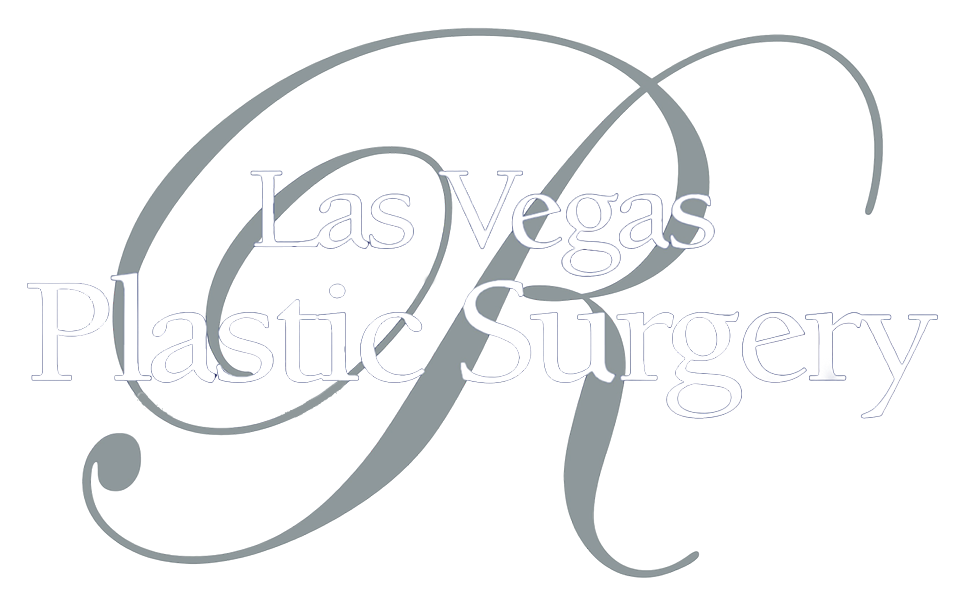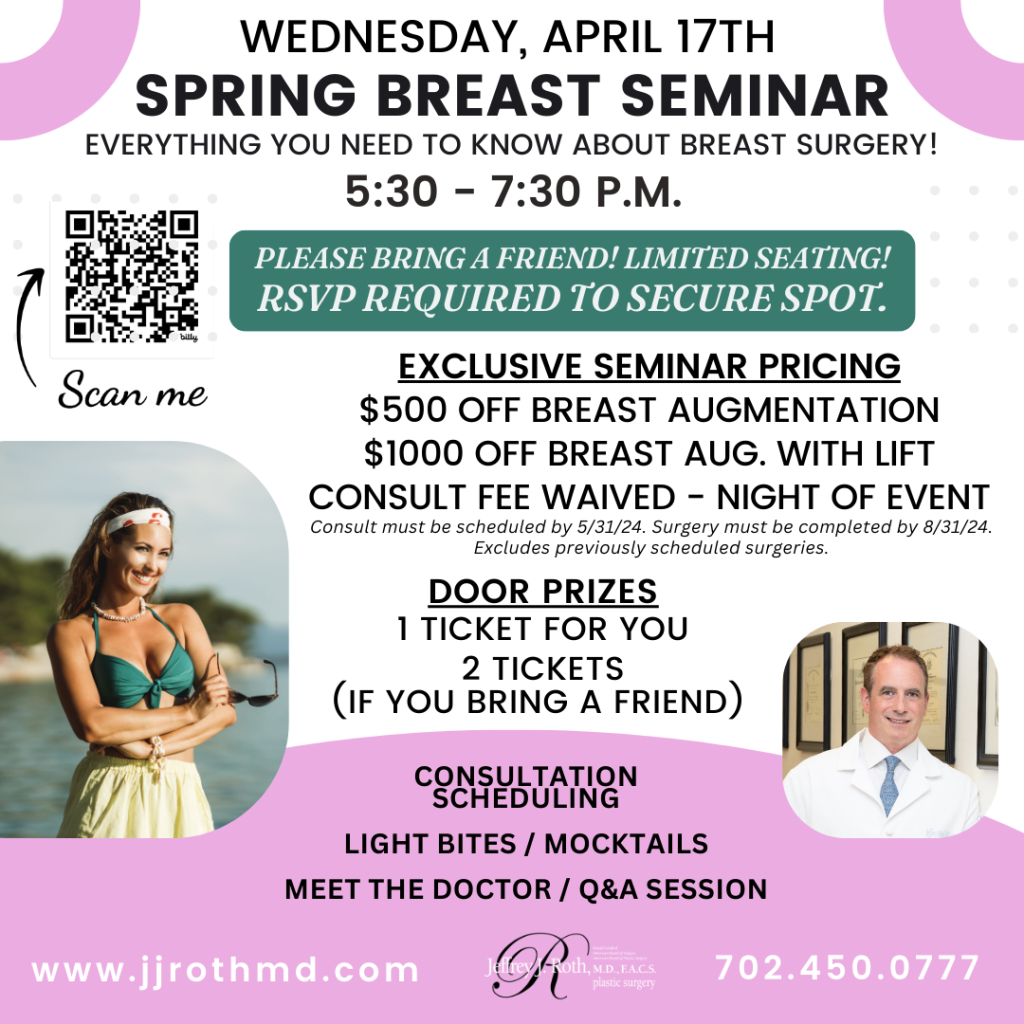
Las Vegas Plastic Surgery
Star Actress Chooses Preventive Surgery After Her Mother’s Battle with Breast Cancer
Angelina Jolie is vocal about those things she cares about, including children’s health and wellness in developing nations and the rebuilding of New Orleans. In an article published in the Op-Ed section of the New York Times, she recently revealed that she elected to undergo a prophylactic mastectomy and breast reconstruction.
Jolie’s mother, Marcheline Bertrand, recently died from breast cancer disease. Jolie was tested for breast cancer and was found to have the BRCA1 gene mutation. With a positive BRCA gene, the incidence of breast cancer rises from 15% to 60%. After a prophylactic mastectomy, the incidence of cancer goes from 87% down to 5%.
A double mastectomy as a preventative health care measure may seem extreme, but it is becoming more common among women. According to a 2010 study published last year in Annals of Surgical Oncology, the number of women opting for preventive mastectomies increased 10-fold between 1998 and 2007. Part of the reason for this dramatic increase is due to improvements in genetic testing and options for reconstructive breast surgery following a mastectomy.
Part of the increasing trend of prophylactic mastectomies is related to the breast reconstructive options that are now available. The progress of breast reconstruction surgery over the past few years has been incredible. Many patients state that they look better after breast reconstruction than they did before.
After her double mastectomy, Angelina Jolie underwent reconstructive breast surgery. She elected to have an expander placed in her chest at the time of her surgery. The expander was filled a little at a time to stretch out her skin until the pocket and surrounding soft tissue were ready for a breast implant. Following the mastectomy, Jolie most likely went back to surgery to have the expander removed and the breast implant placed.
There are many reconstructive options for breasts. They include: expander/implant, rotational flaps which invlove moving the patient’s own tissue locally to create a breast mound and free tissue transfer which involves taking tissue from one part of the body and connecting it artery-to-artery using microsurgical techniques to make a breast mound. Each reconstructive option has its own benefits and risks and needs to be tailored to the individual female patient.
Prophylactic mastectomies are usually performed on those who have a significant family history of breast cancer and a positive genetic type that puts them at risk. The specific gene is known as BRCA. BRCA1 and BRCA2 genes belong to a class of genes known as tumor suppressors. Mutation of these genes has been linked to breast and ovarian cancer. If the patient inherits a mutation in this gene, they are at increased risk for breast cancer. Typically a blood sample is needed to perform the test to determine if a BRCA gene is mutated.
1% of the female population has the BRCA gene mutation. Certain populations may have increased risk. One study noted that 2.3% of Ashkenazi Jewish patients carried a mutation. Norwegian, Dutch, and Icelandic peoples also have higher frequencies of BRCA1 and BRCA2 mutations.
Since the number of women who have this mutation is small, most women do not randomly test for the gene. Women should evaluate if testing is warranted based on their family history.
The likelihood of a harmful mutation in BRCA1 or BRCA2 is increased with certain familial patterns of cancer. These patterns include the following (15):
For women who are not of Ashkenazi Jewish descent:
o two first-degree relatives (mother, daughter, or sister) diagnosed with breast cancer, one of whom was diagnosed at age 50 or younger;
o three or more first-degree or second-degree (grandmother or aunt) relatives diagnosed with breast cancer regardless of their age at diagnosis;
o a combination of first- and second-degree relatives diagnosed with breast cancer and ovarian cancer (one cancer type per person);
o a first-degree relative with cancer diagnosed in both breasts (bilateral breast cancer);
o a combination of two or more first- or second-degree relatives diagnosed with ovarian cancer regardless of age at diagnosis;
o a first- or second-degree relative diagnosed with both breast and ovarian cancer regardless of age at diagnosis; and
o breast cancer diagnosed in a male relative.
For women of Ashkenazi Jewish descent:
o any first-degree relative diagnosed with breast or ovarian cancer; and
o two second-degree relatives on the same side of the family diagnosed with breast or ovarian cancer.
If one has the BRCA1 or BRCA2 gene mutation, there are currently management options that include: Surveillance, Prophylactic Surgery, Risk Avoidance, and Chemo-prevention. Each option has its benefits and risks.
On a personal note, I have a couple of childhood friends who underwent prophylactic bilateral mastectomy and breast reconstruction. They look great and are very happy with their choice. They are both mothers and told me that they wanted to be there for their children. This sentiment has been well documented in other articles. It may be an aggressive approach, but one that is becoming more common and accepted both in medical and public circles.
Still, many women still don’t know about reconstructive options. A recent study showed that 70% of patients undergoing mastectomy were never told about reconstruction. In an effort to improve this, some states, like New York, now mandate that reconstructive options must be discussed before mastectomy. The American Society of Plastic Surgeons is also making an effort to educate with the advent of Breast Reconstruction Awareness Day BRA Day, during October, Breast Cancer awareness month.
With any patient, a mastectomy and reconstruction procedure is a very personal decision that must be appropriate for the individual. If Jolie’s surgery alleviates her concern about the disease that took her mother then it is probably an appropriate decision for her. Further, with the breast reconstructive options that are available, she should continue her work and the rest of her life in no time at all.
Moreover, as we have seen, she has brought her celebrity and passion to educate and shed light on this topic. It is my hope that through education and awareness, more women will self examine, and be screened by physicians. Hopefully this will increase early detection and treatment for breast cancer, which will save lives.
Best of luck to Angelina Jolie for a speedy recovery!
Jeffrey J. Roth, M.D., F.A.C.S.
(702) 450-0777www.jjrothmd.com
References:



